Mutual Exclusion In Operating System
Mutual exclusion in operating system. The mutual exclusion problem was recognized and successfully solved as early as 1963 in the Burroughs AOSP operating system but the problem is sufficiently difficult that it was not widely understood for some time after that. Unfairness requests are not served in order they are made. Semaphore is defined as an integer variable which is used to solve the problem of the critical section in process synchronization.
This is called mutual exclusion. Mutual Exclusion is a full form of Mutex. Something went wrong.
The status of shared resources and the status of users is easily available in the shared memory so with the help of shared variable For example. This concept is used in concurrent programming with a critical section a piece of code in which processes or threads access a shared resource. Dekkers algorithm is used in process queuing and allows two different threads to share the same single-use resource without conflict by using shared memory for communication.
What is Dekkers algorithm in operating system. It allows current higher priority tasks to be kept in the blocked state for the shortest time possible. It includes a priority inheritance mechanism to avoid extended priority inversion problems.
Mutual Exclusion is a program object that prevents simultaneous access to a shared resource. Hardware support it states for a process to guarantee mutual exclusion it is sufficient to block all interrupts and this can be done through interrupt disabling however the cost is high since the processor is limited in its ability to interleave. What is mutual exclusion in operating system.
In single computer system memory and other resources are shared between different processes. Semaphores mutual exclusion problem can be easily solved. Mutual exclusion To clarify mutual exclusion even more let us take a real life example.
Mutual exclusion in single computer system Vs. The simplest and the most popular way to do this is by using Peterson Algorithm for mutual Exclusion.
Mutual exclusion in single computer system Vs.
That is several processes cannot simultaneously share a single resource. In wait operation the. Mutual exclusion To clarify mutual exclusion even more let us take a real life example. Remove it from the pool of ready threads that get scheduled on a processor and wake it up when something happens. 1 MCS 51 4 5. What is mutual exclusion. Something went wrong. No two process can be in the same CS at the same time. If the room is vacant a person can occupy it lock it from the inside once done he or she unlocks the room so that it.
Its nice if the operating system can provide some way to make a thread go to sleep ie. When a process is accessing a shared variable the process is said to be in a CS critical section. Dekkers algorithm is the first known algorithm that solves the mutual exclusion problem in concurrent programming. Deadlock endless waiting due to circular wait relationships. Your task is to make sure that at any time at most one thread execute in a critical section ie access to the critical sections should be mutual exclusive. Dekkers algorithm is used in process queuing and allows two different threads to share the same single-use resource without conflict by using shared memory for communication. This condition is difficult to eliminate because some resources such as the tape drive and printer are inherently non-shareablecheck this.


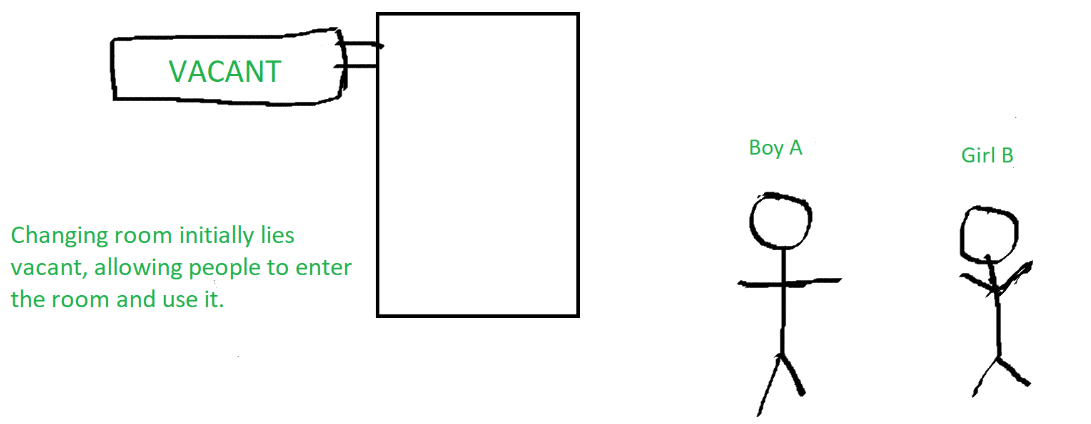
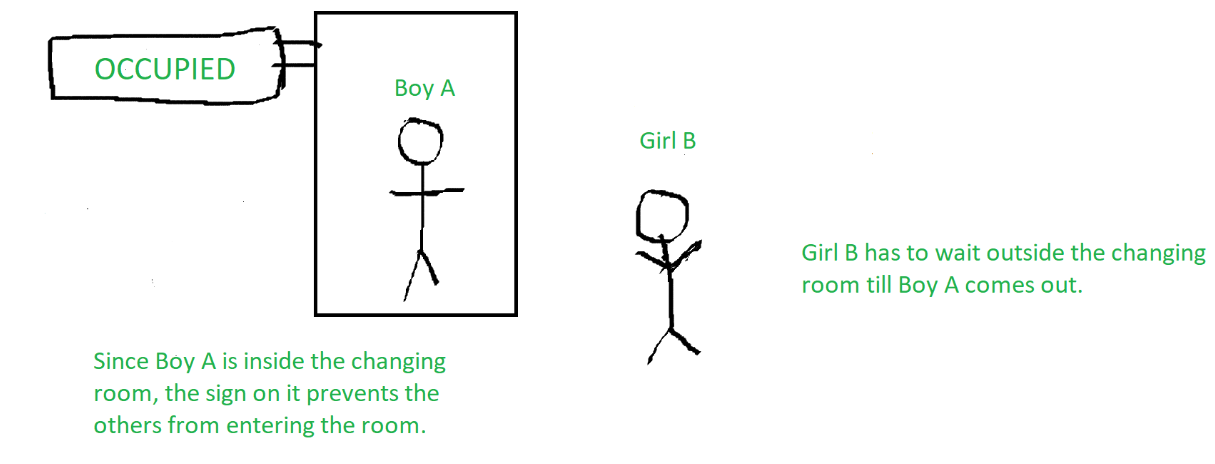
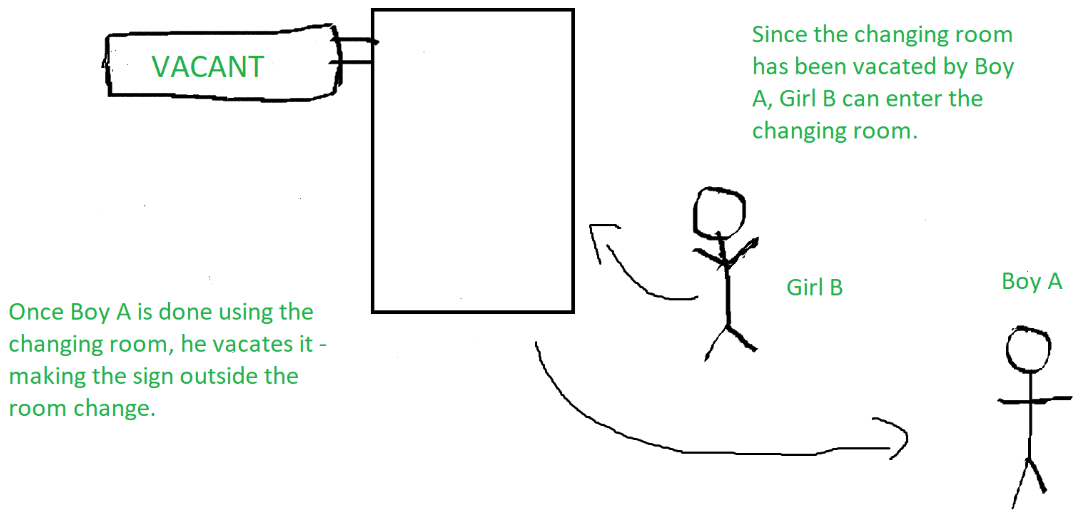
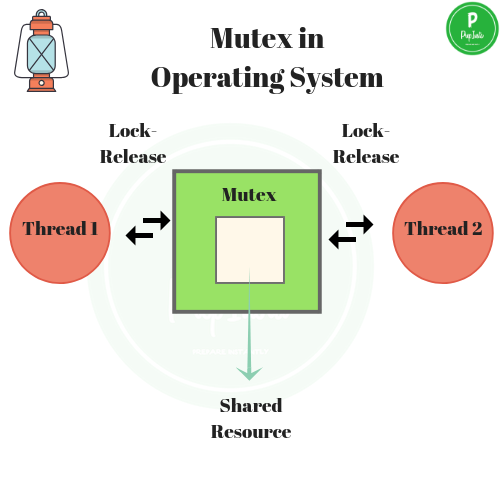





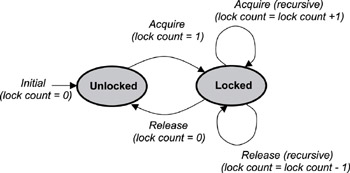




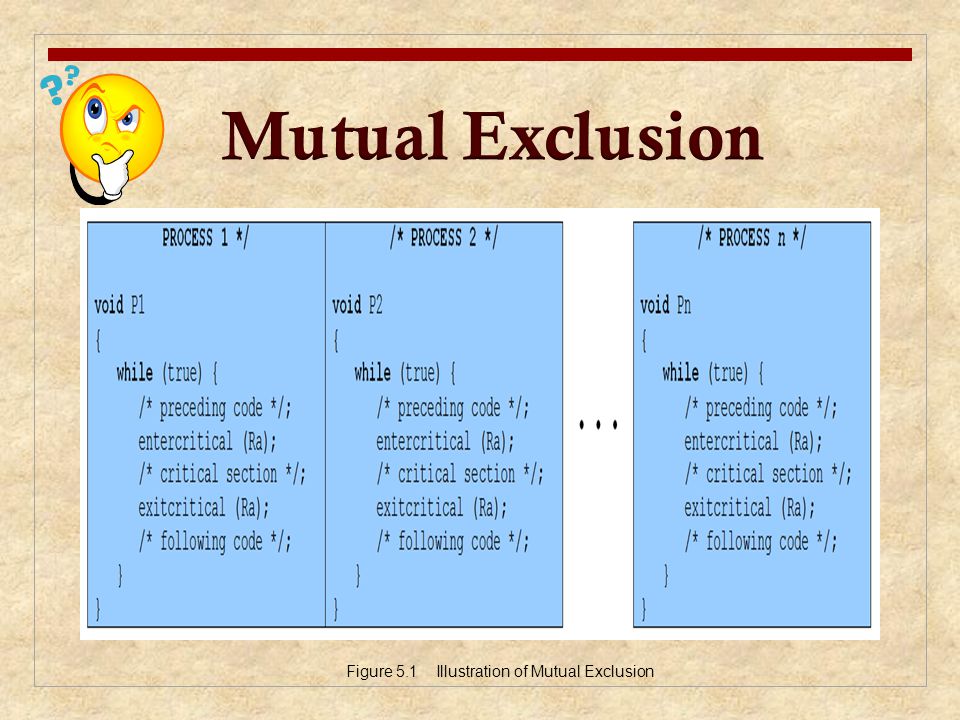














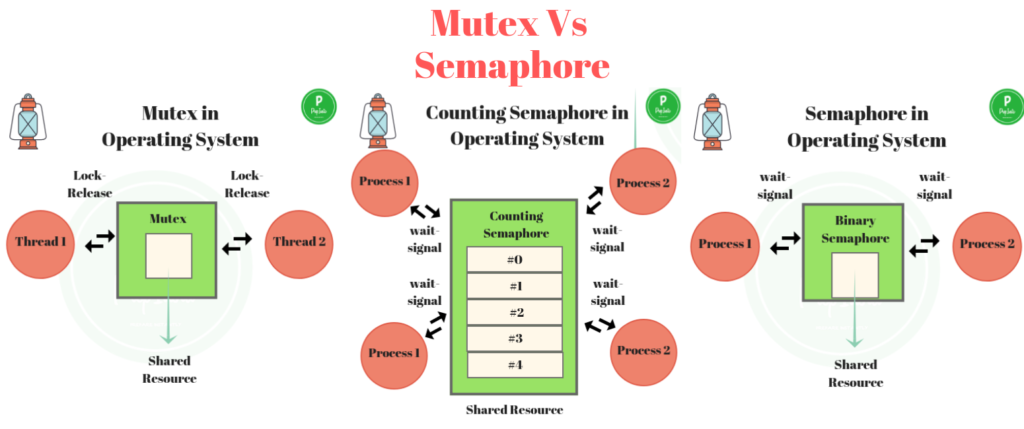


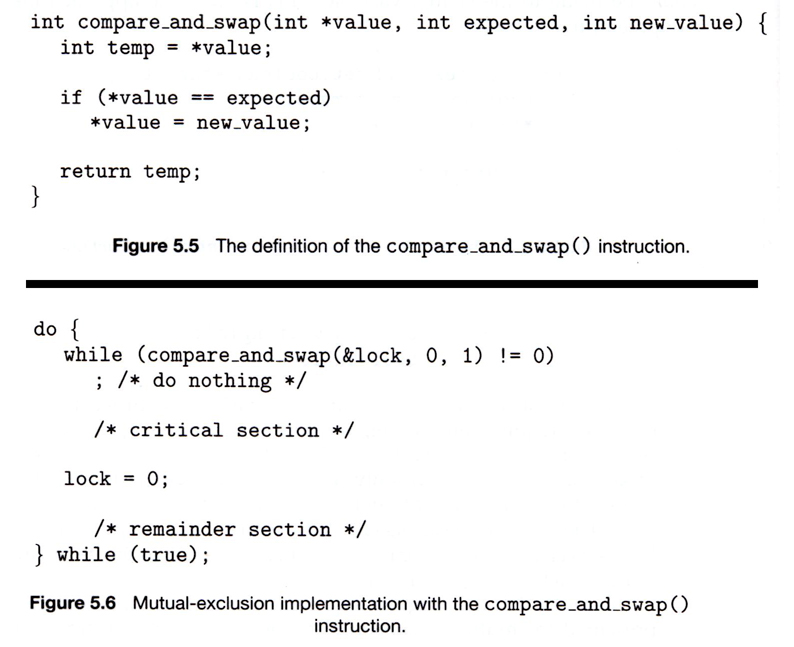


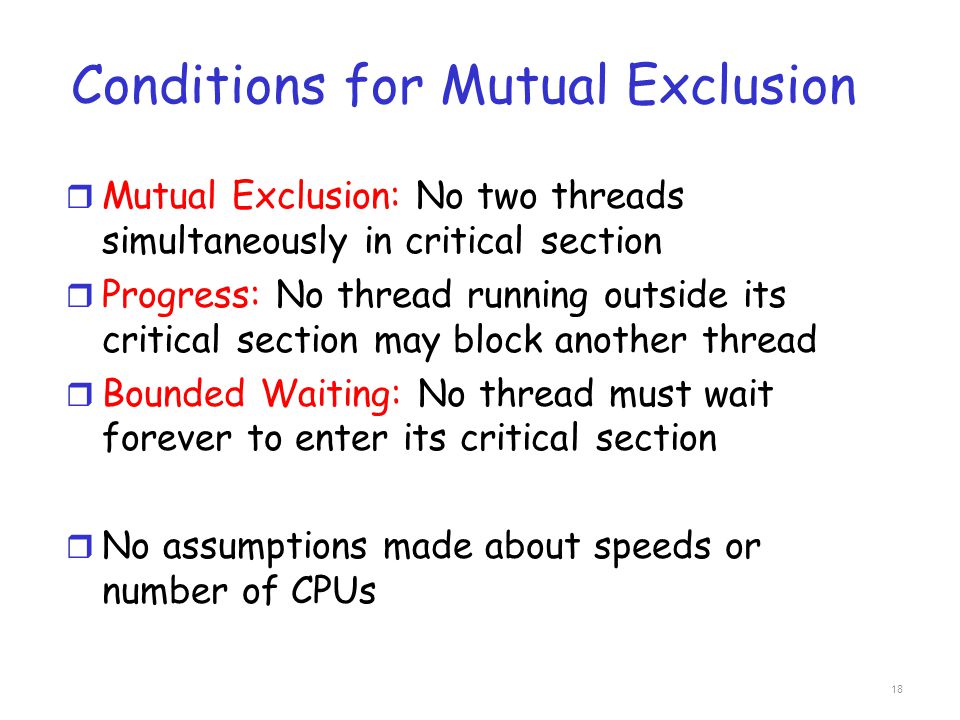





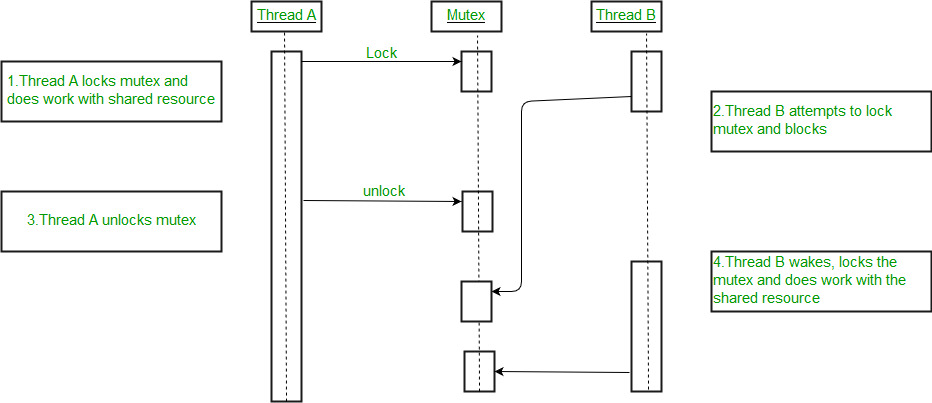


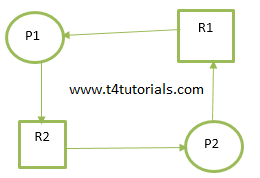
Post a Comment for "Mutual Exclusion In Operating System"